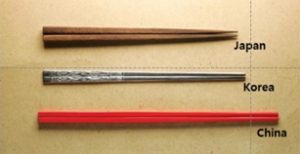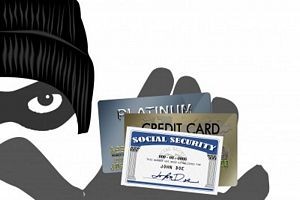http://www.vacationgetawayinternational.com/
Are you planning to go on a trip soon? It’s always good to keep in mind of where are you going and the current situation of the location. So make sure to do your research of what you may need to bring along with in terms of medicines, clothes, electronics, and possibly even getting vaccinated before flying to another country. Listed down below are some places that you may need time to prepare for if you plan on visiting there:
MERS
- MERS stands for Middle East Respiratory Syndrome (MERS) and is a viral respiratory illness. Cases of MERS has been reported in the Middle East and spread to, but decreased in South Korea. Click here for more in depth info.
Polio
- There has been an increased in reported cases of polio among in Guinea, Madagascar, and Nigeria. It is highly recommended that travelers get the polio vaccine before entering the country and for people to get vaccinated again if already done so in the past. Be aware that polio can be spread through contaminated water and direct contact with an infected person.
- Reported cases of polio has also came from Ukraine (Europe).
Zika Virus
- The local transmission of the Zika virus has been reported in various parts of the world, Cape Verde (Africa), Laos, Burma (Myanmar), American Samoa, Bolivia, Cuba, and other countries in Central America, South America, Caribbean, and Pacific islands. Make sure to do your research!
- “Travelers can protect themselves by preventing mosquito bites. Women who are pregnant(in any trimester) should not travel to areas with Zika. Men who have traveled to an area of active Zika virus transmission who have a pregnant partner should abstain from sexual activity or consistently and correctly use condoms during sex for the duration of the pregnancy. Women and their partners who are thinking about pregnancy after possible exposure to Zika should talk with their doctor or healthcare provider.” – “Global Travel Pinet“
- Be aware and protect yourself for those who plan on attending:
- the 2016 Summer Olympics scheduled to be held in Rio de Janeiro, Brazil, from August 5 to August 21, 2016
- the Paralympic Games that is scheduled for September 7 to September 18, 2016



